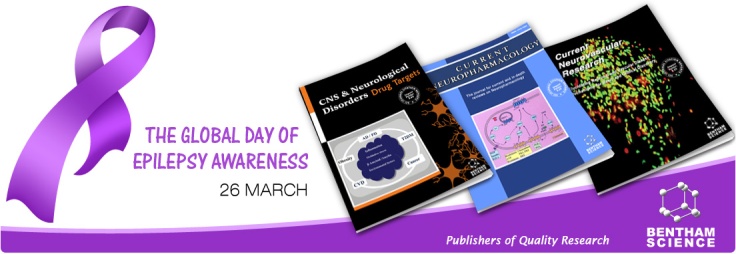Assessment and Imaging
of the Cerebrovascular Glycocalyx
Author(s):
Roel Hubert Louis Haeren, Steffi Elisabeth
Maria van de Ven, Marcus Anna Maria Jacobus van Zandvoort, Hans Vink, Jacobus
Johannes van Overbeeke, Govert Hoogland and Kim RijkersPages 249-260 (12)
Abstract:
The glycocalyx is a gel-like layer lining the luminal surface of the endothelium. The glycocalyx exerts an important barrier role because it prevents exposure of plasma components to the endothelial surface. Disruption of the glycocalyx by local inflammation or ischemia results in decreased glycocalyx thickness which is associated with a number of vascular diseases. The cerebrovascular glycocalyx has sparsely been studied, but is of great interest because of its potential role in cerebrovascular disease. In this review, we describe all existing techniques to visualize the glycocalyx and designate techniques that may be suitable for studying the cerebrovascular glycocalyx.
A total of seven imaging techniques are
discussed thoroughly, including transmission electron microscopy, intravital
microscopy, micro-particle image velocimetry, confocal laser scanning
microscopy, two-photon laser scanning microscopy, orthogonal polarization
spectral imaging and sidestream dark field/oblique imaging. Measurement of
serum concentrations of glycocalyx-specific constituents is another method for
glycocalyx analysis. Also, we have reviewed the methods of glycocalyx analysis
by using these imaging techniques.
So far, the cerebrovascular glycocalyx has
only been studied in vitro. However, other cerebral microcirculatory properties
have been studied in vivo. This suggests that the cerebrovascular glycocalyx
can be studied in vivo by using some of the described techniques, when specific
software is subjoined to the analysis.
In conclusion, we have summarized techniques
available for glycocalyx assessment, and explained the significance and
technical possibilities regarding cerebrovascular glycocalyx visualization.
Cerebrovascular glycocalyx assessment would add valuable information to our
understanding of the pathophysiology of cerebrovascular disease. Moreover, as a
part of the blood-brain barrier, more knowledge on the cerebrovascular
glycocalyx may lead to better understanding of neurodegenerative conditions
that are caused by a compromised blood-brain barrier including Alzheimer's
disease, vascular dementia, multiple sclerosis and epilepsy.
Keywords:
Glycocalyx, microscopy, review, technique,
cerebral, blood-brain barrier.
Affiliation:
Maastricht University Medical Center,
Department of Neurosurgery, PO box 5800, 6202 AZ Maastricht, The Netherlands.
For More Information Please Visit Our Website Current Neurovascular Research











